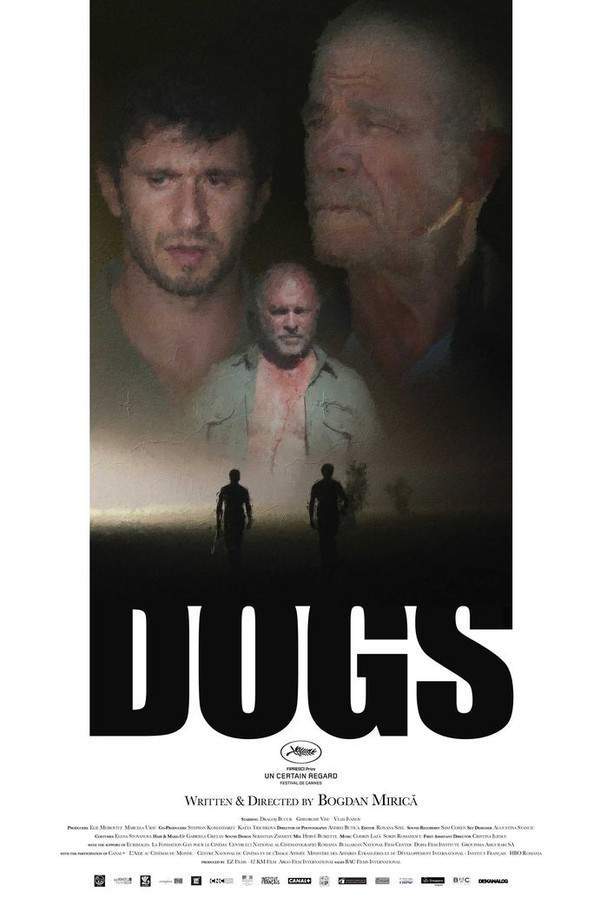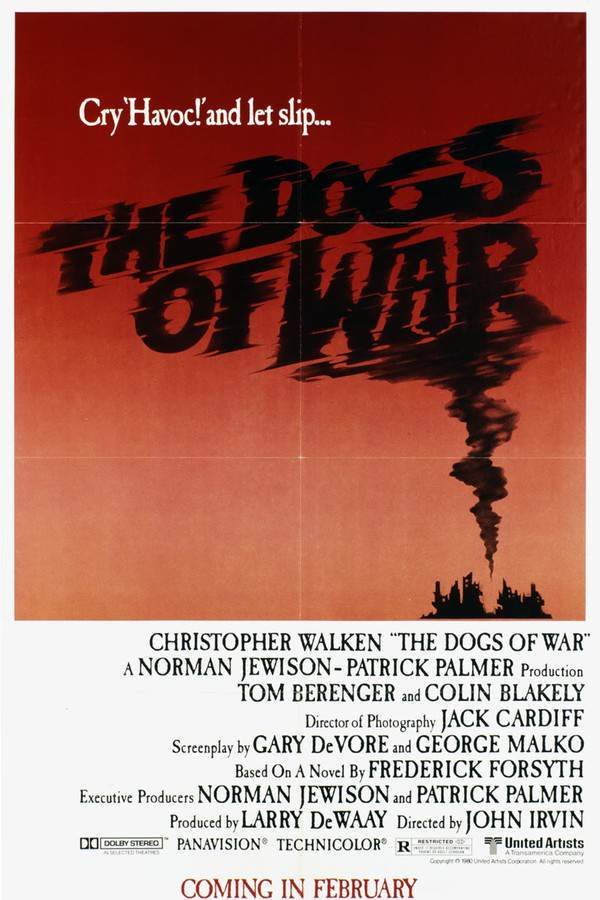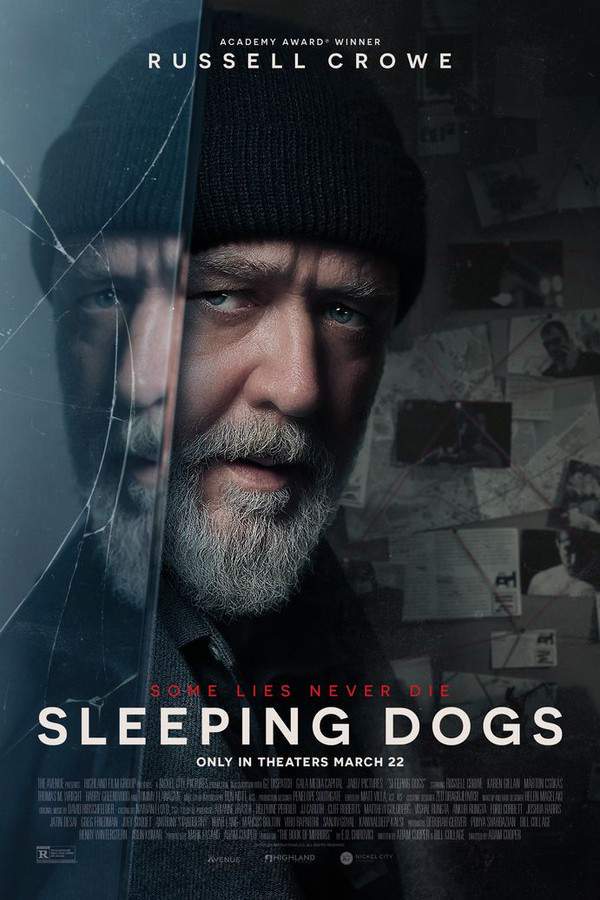
Sleeping Dogs
Year: 1977
Runtime: 107 mins
Language: English
Director: Roger Donaldson
When a reclusive man named Smith finds himself hunted with nowhere to run, he is pulled into a violent clash between guerrilla fighters and right‑wing extremists in New Zealand. Framed for murder and labeled a revolutionary conspirator, Smith clings to a philosophy of non‑violence while trapped between the warring factions.
Warning: spoilers below!
Haven’t seen Sleeping Dogs yet? This summary contains major spoilers. Bookmark the page, watch the movie, and come back for the full breakdown. If you're ready, scroll on and relive the story!
Sleeping Dogs (1977) – Full Plot Summary & Ending Explained
Read the complete plot breakdown of Sleeping Dogs (1977), including all key story events, major twists, and the ending explained in detail. Discover what really happened—and what it all means.
Smith Sam Neill finds his life shattered when his marriage ends in a bitter split after his wife’s affair with Bullen Ian Mune. In the wake of the breakup, he retreats to the Coromandel Peninsula, choosing an island owned by a Māori tribe as his refuge. What begins as a quiet, almost hermetic existence—a man and his dog living in a landscape of quiet shores and rugged, wind‑scoured hills—soon becomes a fragile sanctuary pressed into service by a nation gripped by upheaval. The country teeters on the edge of an energy crisis as an oil embargo tightens its grip, and politically charged tensions bleed into civil conflict, turning the island’s peaceful detachment into a precarious bystander position.
On the mainland, trouble comes hurtling toward Smith in the shape of a bomb that detonates in a nearby town. Police arrive on the island, sifting through the quiet life with the blunt logic of arrest and accusation. When they uncover a cache of explosives, Smith is taken to a police station for questioning and suspected of sheltering illegal weapons. The mood quickly shifts from tranquil isolation to prosecutorial danger as he is interrogated under pressure. Among the officers is a former schoolmate, Jesperson Clyde Scott, whose presence underscores the deep personal stakes in a government that has already labeled Smith a pivotal guerrilla figure. The stakes rise as Jesperson lays out a stark choice: exile from New Zealand or a military tribunal that could carry a death sentence.
A dramatic prison transfer becomes a turning point. In a calculated move to confound his captors, Smith induces himself to vomit, a tactic that buys him time and creates enough confusion to enable a daring escape. He vanishes into the city’s back streets and quickly finds work at a small campground, where the promise of a simpler, outside life offers him a brief, fragile sense of peace. The forest of uncertainty that once surrounded him begins to thin as a new presence arrives: a U.S. Army unit takes over the campground, and the dynamics shift once more. The American commander, Willoughby Warren Oates, regards Smith with suspicion, sensing that the quiet man may be more connected to the guerrilla struggle than he appears. The two men clash as the war’s reach stretches into personal space, each reading the other’s motives through a lens of fear and ambition.
The tide of conflict widens when Bullen—now a senior guerrilla leader—reappears and re-enters the fray with renewed legitimacy and menace. The dynamic on the ground hardens as the troops push deeper into enemy territory, and Smith is dragged back into a plot that he would prefer to avoid. The guerrillas launch a bold attack against the military unit, an assault that forces Smith to confront a choice he had hoped to avoid. His reluctance to participate collides with the harsh realities of wartime necessity, and the line between civilian life and rebellion becomes increasingly blurred.
As the pursuit intensifies, government forces and guerrillas collide in a chaotic chase that threads through forests and rugged terrain. The camp is bombed, the rebels scatter, and the pursuit tightens around Smith and Bullen. A tense standoff ensues as Jesperson and his elite squad close in, turning a desperate escape into a final, high-stakes confrontation. In the heat of the moment, Bullen is fatally wounded, a brutal reminder of the price of resistance in a country at war with itself. Smith, yearning for an end to the violence and the cycle of recrimination that has trapped him, makes a stark, fatal decision: he provokes Jesperson into shooting him, choosing a definitive, solitary exit over continued complicity in the violence that has consumed so much of his life.
The story frames a man who seeks refuge from a fractured world but is inexorably pulled back into a conflict defined by loyalty, survival, and the harsh realities of political power. It is a meditation on how personal history collides with national crisis, how isolation can feel both protective and prison, and how even the most well‑intentioned efforts to step away from violence can be drawn back into it by circumstance, guilt, and the very human impulse to resist oppression—even if that resistance ends in a final, merciful release from the struggle.
In a landscape that oscillates between serene beauty and brutal upheaval, the characters navigate a web of choices that test their ethics and resilience. The island’s quiet life, the sudden eruptions of violence, and the fragile truce between endurance and resistance come together to tell a story about belonging, memory, and the difficult paths toward a sense of place in a country at war with itself. The film leaves viewers with a somber reflection on what it means to be an ordinary person caught in extraordinary times, and on the price that is paid when systems of conflict require the ultimate sacrifice.
Last Updated: October 09, 2025 at 11:24
Unlock the Full Story of Sleeping Dogs
Don't stop at just watching — explore Sleeping Dogs in full detail. From the complete plot summary and scene-by-scene timeline to character breakdowns, thematic analysis, and a deep dive into the ending — every page helps you truly understand what Sleeping Dogs is all about. Plus, discover what's next after the movie.
Sleeping Dogs Timeline
Track the full timeline of Sleeping Dogs with every major event arranged chronologically. Perfect for decoding non-linear storytelling, flashbacks, or parallel narratives with a clear scene-by-scene breakdown.

Similar Movies to Sleeping Dogs
Discover movies like Sleeping Dogs that share similar genres, themes, and storytelling elements. Whether you’re drawn to the atmosphere, character arcs, or plot structure, these curated recommendations will help you explore more films you’ll love.
Explore More About Movie Sleeping Dogs
Sleeping Dogs (1977) Scene-by-Scene Movie Timeline
Sleeping Dogs (1977) Movie Characters, Themes & Settings
Sleeping Dogs (1977) Spoiler-Free Summary & Key Flow
Movies Like Sleeping Dogs – Similar Titles You’ll Enjoy
Dogs (2021) Full Movie Breakdown
Sleeping Dogs Lie (2006) Story Summary & Characters
The Dogs of War (1981) Full Summary & Key Details
Dogs in Space (1987) Ending Explained & Film Insights
Sleeping Dogs (2024) Detailed Story Recap
A Living Dog (2019) Full Summary & Key Details
Sleeping with the Enemy (1991) Film Overview & Timeline
Dog’s Night Song (1983) Story Summary & Characters
The Dogs Didn’t Sleep Last Night (2020) Story Summary & Characters
Like Dogs (2021) Film Overview & Timeline
Dog Day (1984) Complete Plot Breakdown
The City and the Dogs (1985) Detailed Story Recap
Dog Day (1984) Spoiler-Packed Plot Recap
Sleeping Dogs (1997) Film Overview & Timeline
The Dogs (1979) Full Summary & Key Details

















